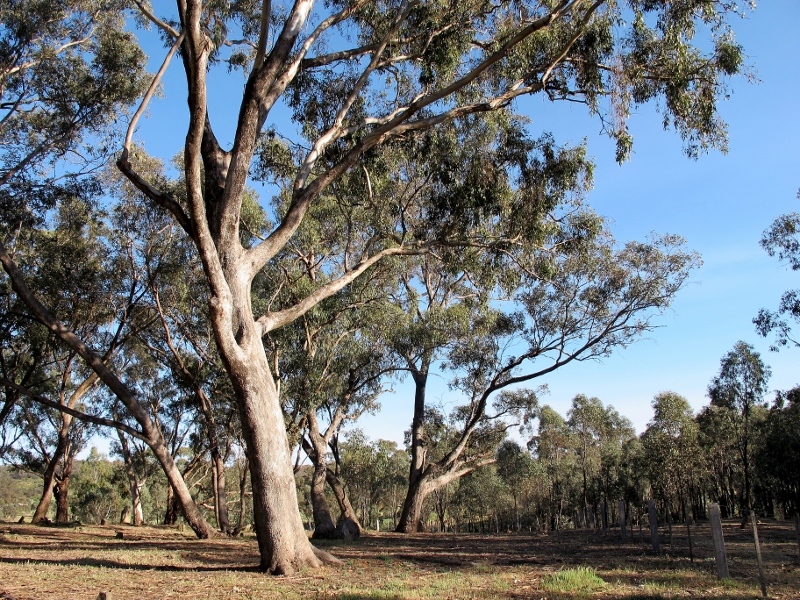The accidental town doesn’t deal directly with the environmental consequences of the gold rush, but the context of environmental destruction is made clear, and the consequences soberly summed up in a sentence like this:
‘The Pennyweight Flat cemetery is a silent testament to the children sacrificed to the search for gold.’
Water was the problem. A five minute excursion into our bushlands today will show that virtually every waterway has been trashed by miners. In the 1850s safe drinking water was hard to find, and dysentery a disastrous result, especially for children. Residents close to Forest Creek feared ‘the insidious creeping sludge discharged from mining operations upstream which was far worse than the occasional flood of water…’ ‘There was general agreement that Forest Creek was little more than a sewer by the time it reached the town…The public water supply … was still from holes in the vicinity of the respective creeks; water the colour of pea soup was purified with ashes, lime or alum…’
Although material like this is covered in Sludge: disaster on Victoria’s goldfields [Peter Davies and Susan Lawrence, 2019] we’re still waiting for an environmental history of this region. It would make great reading, and bring us closer to understanding the true price of gold.





 Click on image for info/order page
Click on image for info/order page Click on image for info/order page
Click on image for info/order page Click on image for info/order page
Click on image for info/order page




















